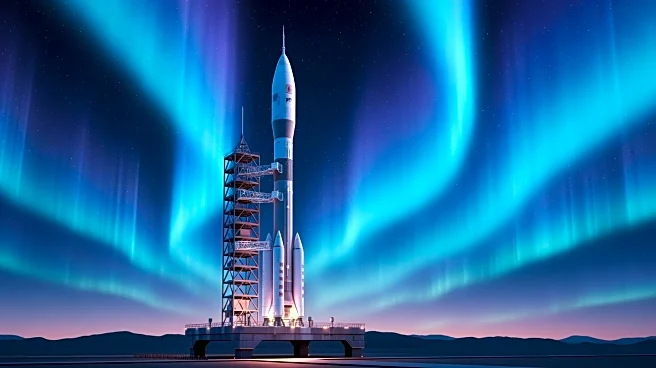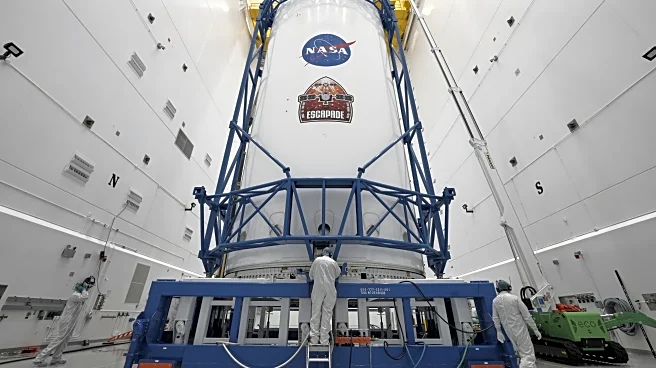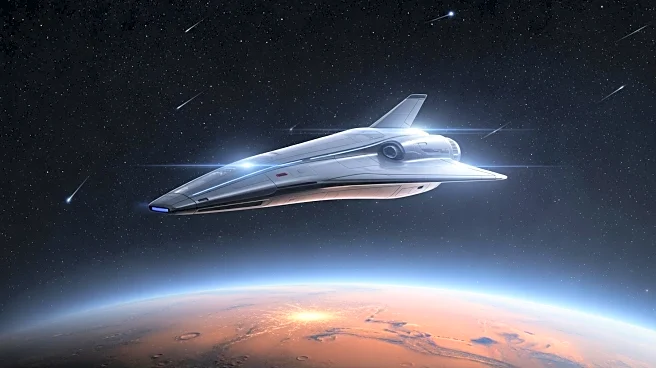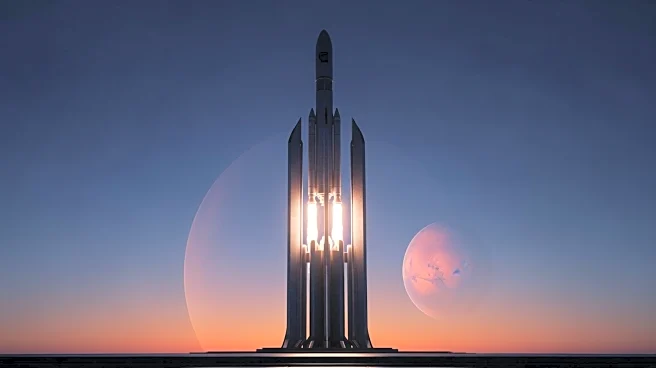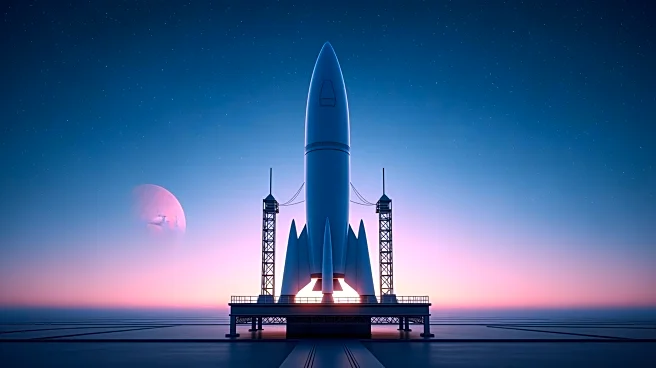What's Happening?
NASA has launched its twin ESCAPADE probes, designed to study Mars' atmosphere, on Blue Origin's New Glenn rocket. However, the probes will not head directly to Mars. Instead, they will first travel to the sun-Earth Lagrange Point 2 (L2) to study space
weather before making their way to Mars in late 2026. This novel trajectory is due to the alignment of Earth and Mars, which occurs every 26 months, making direct travel inefficient until the next window opens. The mission aims to provide insights into Mars' atmospheric conditions and aid future exploration.
Why It's Important?
The ESCAPADE mission represents a significant step in Mars exploration, offering a new approach to interplanetary travel. By studying space weather at L2, the mission could provide valuable data that enhances our understanding of Mars' atmosphere and its historical changes. This information is crucial for future missions, including potential human exploration. The mission's success could pave the way for more flexible launch schedules, reducing dependency on planetary alignments and potentially accelerating the timeline for Mars exploration.
What's Next?
The ESCAPADE probes will spend 12 months at L2 before returning to Earth for a gravity assist that will propel them toward Mars. Upon arrival in September 2027, the probes will begin detailed atmospheric studies, providing a stereo view of Mars' near-space environment. This data will help scientists understand atmospheric loss and inform future missions, including those involving human settlement. The mission's progress will be closely monitored by NASA and its partners, with findings expected to influence future Mars exploration strategies.


